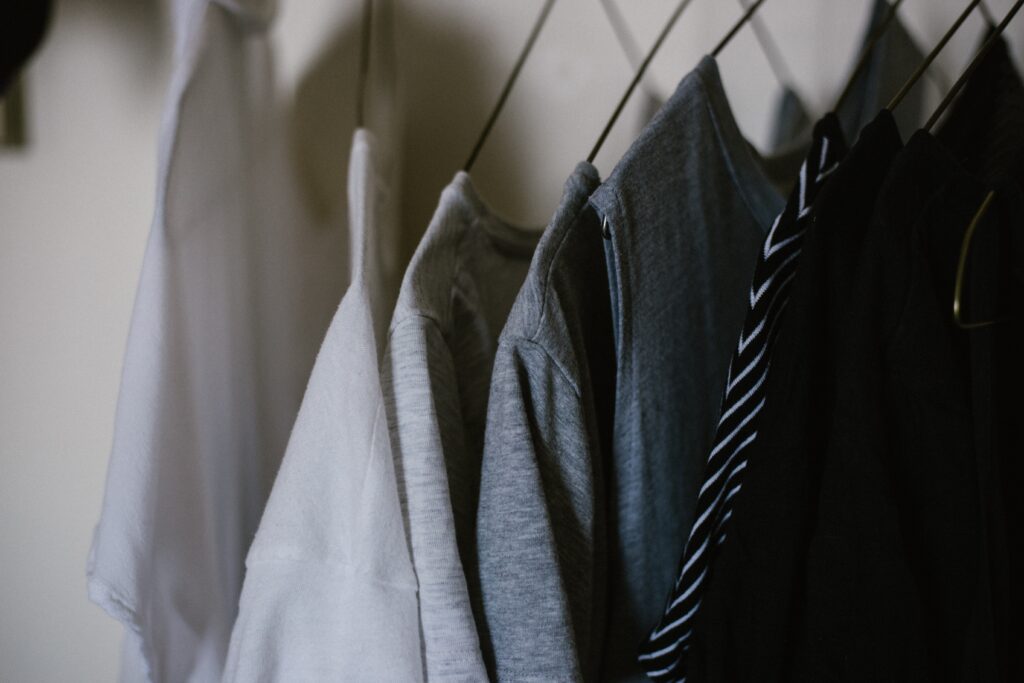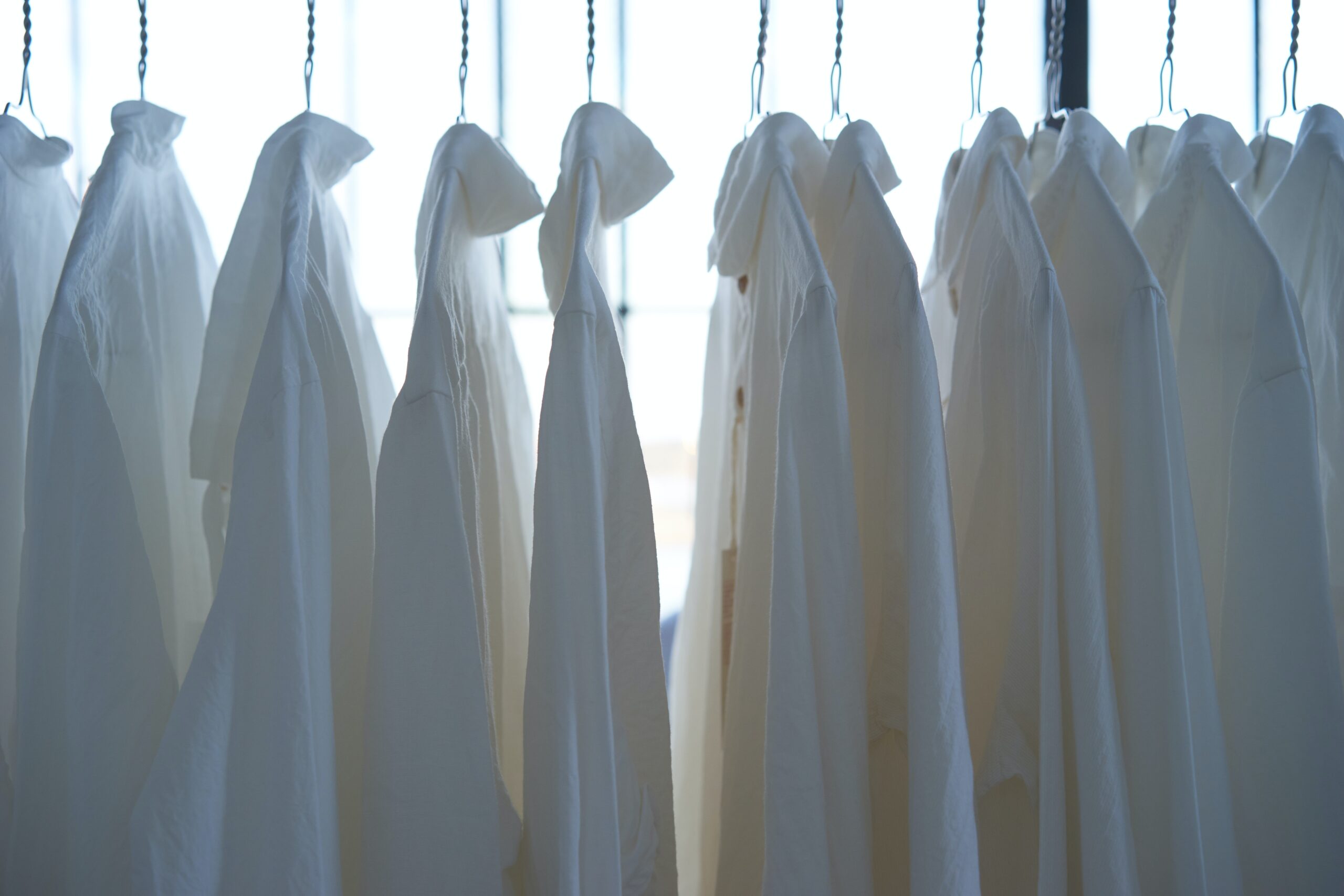The human body is constantly engaged in temperature regulation, working to maintain a stable internal temperature of 98.6 degrees Fahrenheit (37 degrees Celsius). This process is known as thermoregulation. When the body’s temperature drops, it generates heat to warm up. When the body’s temperature rises, it loses heat to cool down.
Clothing’s Role in Thermoregulation
Clothing plays an important role in thermoregulation. It can help to trap heat when it’s cold outside, and it can help to keep the body cool when it’s hot outside.

Methods of Regulating Body Temperature
There are three main ways that clothing can regulate body temperature:
Insulation
Insulation is the ability of a material to resist heat flow. Clothing that is made of thick, tightly woven fabrics is good at providing insulation. This type of clothing traps heat close to the body, helping to keep it warm in cold weather.
Convection
Convection is the transfer of heat through a moving fluid. Clothing that is made of loose, airy fabrics is good at allowing convection to occur. This type of clothing allows air to circulate around the body, helping to keep it cool in hot weather.
Evaporation
Evaporation is the process by which a liquid turns into a gas. When sweat evaporates from the skin, it carries heat away from the body, helping to cool it down. Clothing that is made of fabrics that wick moisture away from the skin is good at promoting evaporation.
In addition to these three main ways, clothing can also regulate body temperature by reflecting sunlight, blocking wind, and absorbing ultraviolet radiation.
Types of Temperature-Regulating Clothing
There are many different types of temperature-regulating clothing available on the market. Some of the most common types include:
Base Layers
Base layers are the first layer of clothing that you wear next to your skin. They are typically made of synthetic fabrics that wick moisture away from the skin, helping to keep you dry and comfortable.
Midlayers
Midlayers are worn between the base layer and the outer layer. They provide additional insulation and help to keep you warm. Midlayers are typically made of fleece or wool.
Outer Layers
Outer layers are worn to protect you from the elements. They should be made of a waterproof and windproof fabric.
There are also a number of specialized temperature-regulating clothing products available, such as:
- Cooling Vests
- Warming Jackets
Choosing Temperature-Regulating Clothing
When choosing temperature-regulating clothing, it is important to consider the following factors:
The Climate
The climate that you will be wearing the clothing in will be the most important factor to consider. If you will be spending time in cold weather, you will need clothing that provides a lot of insulation. If you will be spending time in hot weather, you will need clothing that allows for a lot of evaporation.
Your Activity Level
Your activity level will also affect the type of temperature-regulating clothing that you need. If you will be doing a lot of physical activity, you will need clothing that is made of breathable fabrics that will allow sweat to evaporate.
Your Personal Preferences
Finally, you should also consider your personal preferences when choosing temperature-regulating clothing. Some people prefer clothing that is made of natural fabrics, while others prefer clothing that is made of synthetic fabrics. Some people also prefer clothing that is loose-fitting, while others prefer clothing that is form-fitting. For more insights on how technological fabrics are contributing to healthcare.
Conclusion
Temperature-regulating clothing can help you to stay comfortable in a variety of climates. By choosing the right type of clothing for your needs, you can stay warm in cold weather and cool in hot weather.




